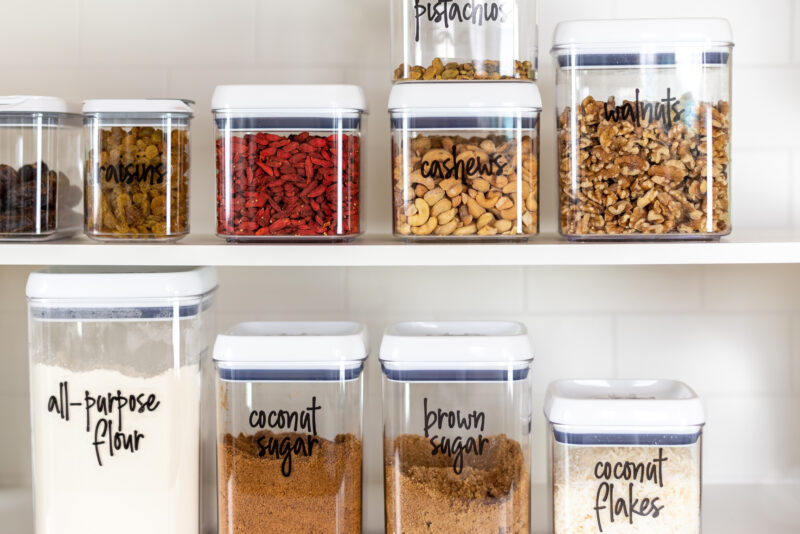5 Simple Rules for Effective & Hygienic Dry Goods Storage
Most people often pay very little attention when it comes to dry goods storage. Today we look at some rules of storing dry goods correctly.

Cover the Dry Goods
Once you have opened a dry product, It is advisable to store dry goods in open sealable, clean, and uncontaminated vessels. The sealing is to help with the prevention of pest entry and contamination. If the container has some damages, the content should be transferred to a sealable packaging.
Ensure No or Little Humidity
Some seasons of the year can be very humid. During these periods, it is crucial to use air conditioning or dehumidification solutions. Storage places need to have humidity levels of about 15% or even less. Some containers help keep humidity at bay. If possible, use the original packaging to store food as they are designed to keep the food in good condition for longer.
Avoid Direct Sunlight
Exposing dry foods to sunlight promotes the process of oxidation. That makes the food lose their nutritional value as well as quality. Some foods contain vitamins that are sensitive to light. For these reasons, try as much as possible to keep them away from sunlight. Block sunlight from coming in or depend on artificial light when in the storehouse.
Watch Out for Temperature
Storehouses should have temperatures of about 500F to 700F. A storeroom needs enough ventilation while ensuring it remains cool and dry. Foods kept under optimum temperature have a longer shelf life.
Date Your Dry Food
It is advisable to date all foods so that you know what came in first and last. This rotation method will help you understand what food should be consumed first.
Dry foods are sensitive and should be handled and stored with the utmost care. Contact us for more information on dry grain storage and where you can store your dry goods storage in our facility.
